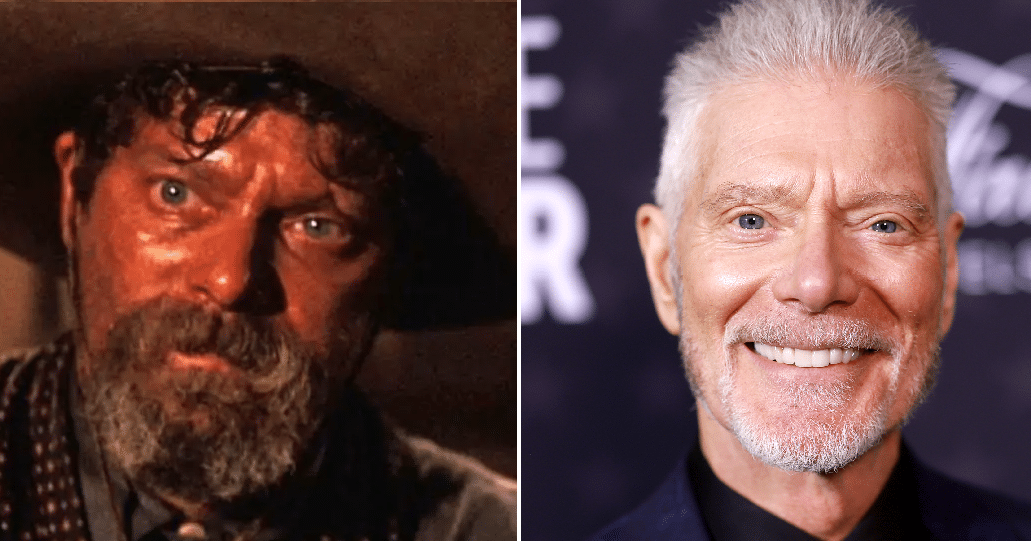After dying out in the late 70s, the Western enjoyed a comeback in the 90s with such Oscar-laden hits as Unforgiven and Dances with Wolves. One such Western of that era which has since become a firm favourite of film fans is Tombstone. Featuring a star-studded cast headed up by Kurt Russell and Val Kilmer, the 1993 movie draws on the true stories of some legendary historical figures from America’s old west. Join us as we holster our guns and become hired fact-slingers for this underrated movie.
20. The lawmen, outlaws and events depicted in the film were real
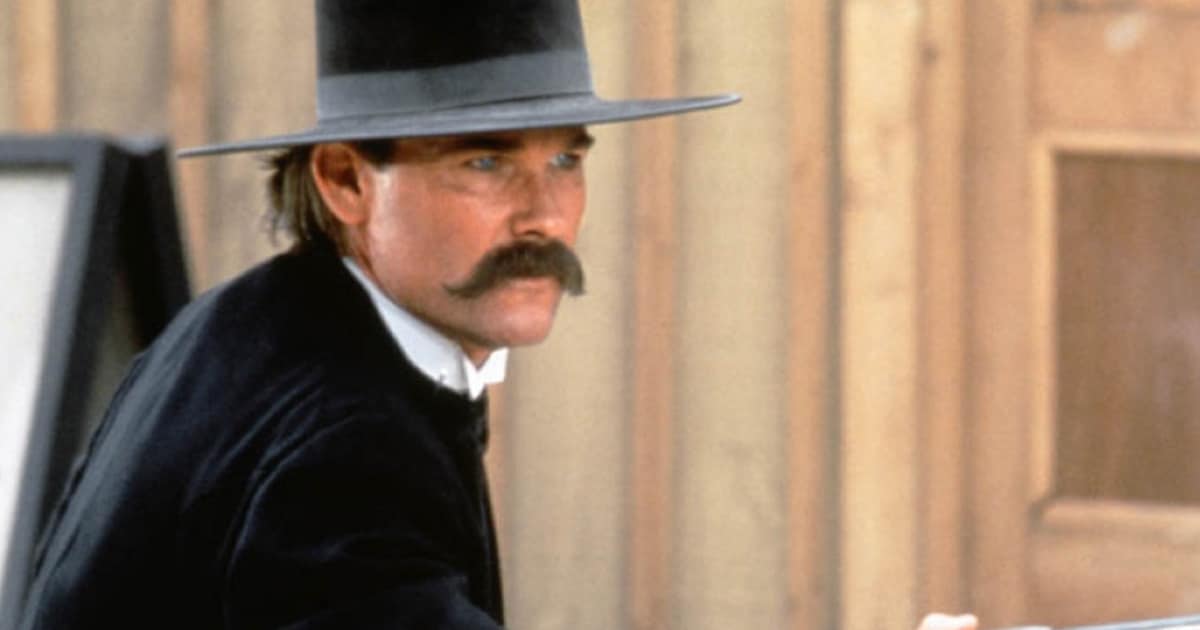
Tombstone is based on historical events that took place in Tombstone, Arizona during the 1880s. This includes the legendary Gunfight at the O.K. Corral, which was a 30-second shootout between lawmen and a group of outlaws. But this is not one of those films that rehashes history to be more explosive on the silver screen. In fact, the film is painstakingly faithful to the lives of its characters and the events that take place, and it’s all the better for it.
Many of Doc Holliday’s lines – such as the infinitely quotable “you’re a daisy if you do!” – are taken almost word-for-word from contemporary newspaper reports. Plus, Wyatt Earp really did wade into a creek in a barrage of gunfire, delivering justice to Curly Bill. Overall Tombstone isn’t quite as accurate as Kevin Costner‘s rival film Wyatt Earp (released after Tombstone in June 1994), but most fans and critics agree it’s a much better film.
19. Willem Dafoe was fired from the cast over the controversy surrounding his role in The Last Temptation of Christ
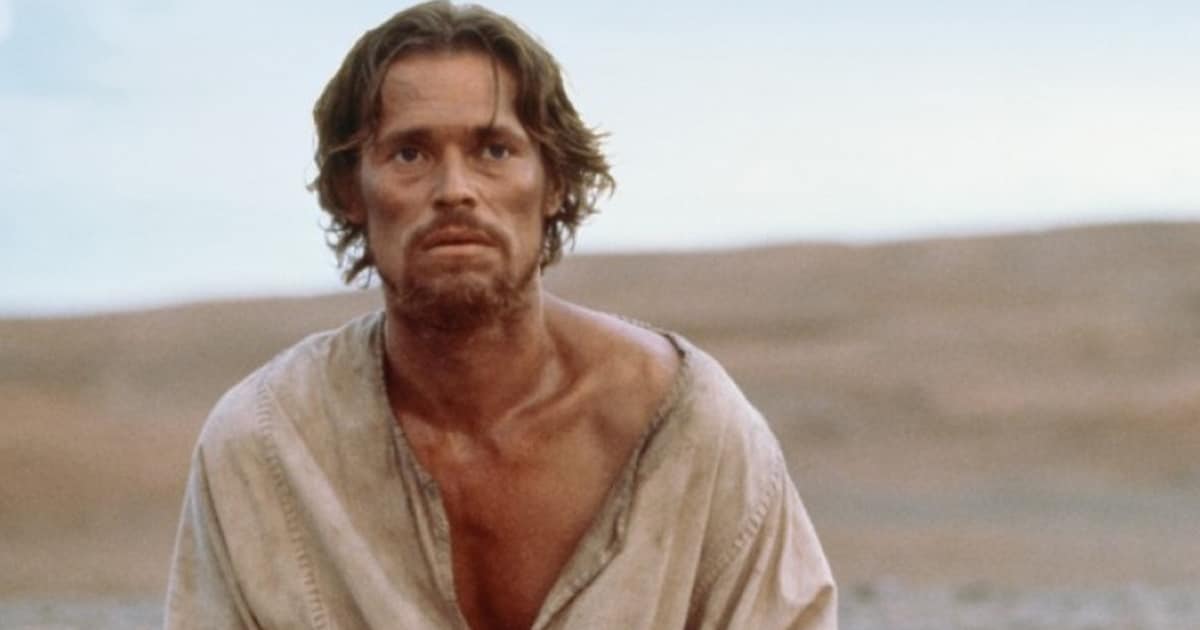
Early in Tombstone’s troubled production, Willem Dafoe had been set to star in the film as Doc Holliday. Unfortunately for the Platoon star, he was about to be swamped by an all-too-predictable controversy. Martin Scorsese’s The Last Temptation of Christ, based on the provocative novel of the same name, depicts a fictionalised version of Jesus’ life in which he imagines being tempted by sex and sin. In the film, Willem Dafoe plays Christ.
On the film’s release, some cinemas were shamed by Catholic protestors into dropping The Last Temptation of Christ, and the movie is still banned in Chile, the Philippines and Singapore. The studio behind Tombstone, Disney’s Buena Vista, were so shaken by the controversy that they dropped Dafoe from their cast, replacing him with Val Kilmer. In 1993, the actor would instead star in Body of Evidence, the widely panned erotic thriller and Madonna vehicle.
18. Kurt Russell secretly directed the film after the original director was fired on-set

Tombstone’s screenwriter Kevin Jarre made his debut as a director on the film, but was quickly overwhelmed by the day-to-day running of a film set. When the project quickly fell behind schedule, Jarre was fired to be replaced by George P. Cosmatos, a more seasoned director who had most recently worked with Sylvester Stallone on Rambo: First Blood Part II and Cobra.
However, in 2013, Kurt Russell told True Western magazine that he was the real director of Tombstone. Russell says he told Cosmatos, “‘I’m going to give you a shot list every night, and that’s what’s going to be.’ I’d go to George’s room, give him the shot list for the next day, that was the deal.” The actor says Stallone had made the same deal on his films with Cosmatos, and also swore he would never speak openly about this in the director’s lifetime (Cosmatos died in 2005).
17. Russell cut a number of his own scenes from the shooting script just to win the trust of his co-stars
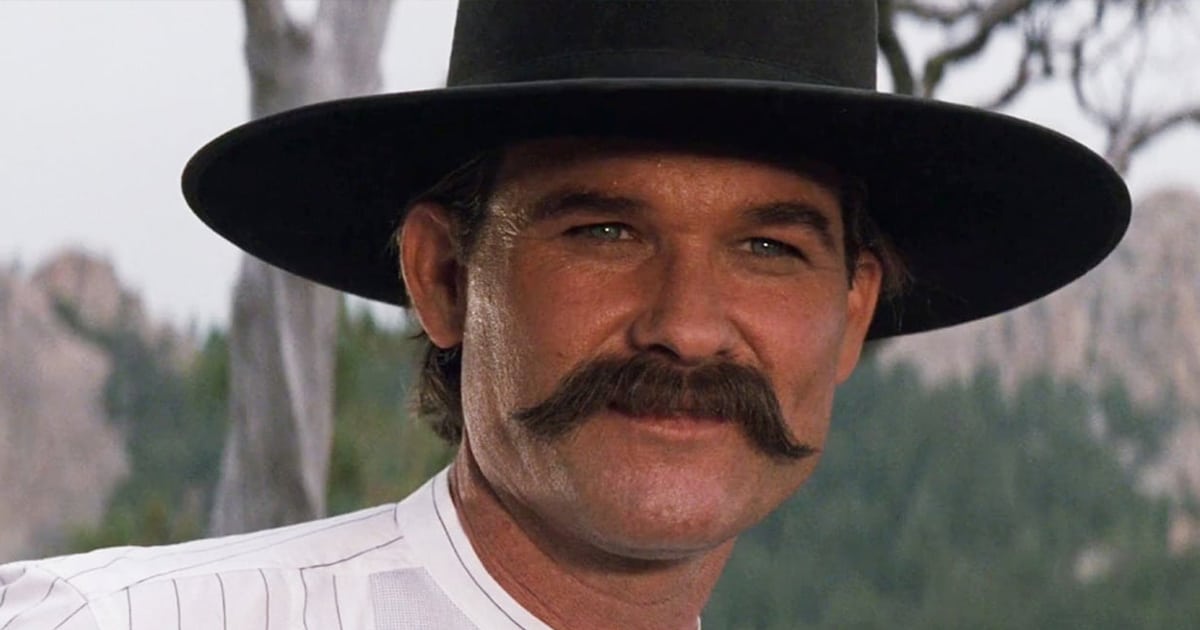
In order to gain the trust and respect of the actors he wound up (unofficially) directing, Kurt Russell cut out 20 pages from the Tombstone script, including several of his own scenes. Russell recalls, “We needed to lose 20 pages… there’s only one way I’m going to get the trust of these actors and that is to cut myself out of this goddamn movie.” He opted to “make Wyatt an ‘aura’ character,” in the vein of the taciturn heroes portrayed by Clint Eastwood.
Russell’s co-star Val Kilmer later praised Russell’s selfless approach. “I watched Kurt sacrifice his own role and energy to devote himself as a storyteller,” Kilmer wrote in a 2017 blog post, as compiled by the Hollywood Reporter. “Kurt is solely responsible for Tombstone’s success, no question.”
16. Val Kilmer went method for his role as Doc Holliday
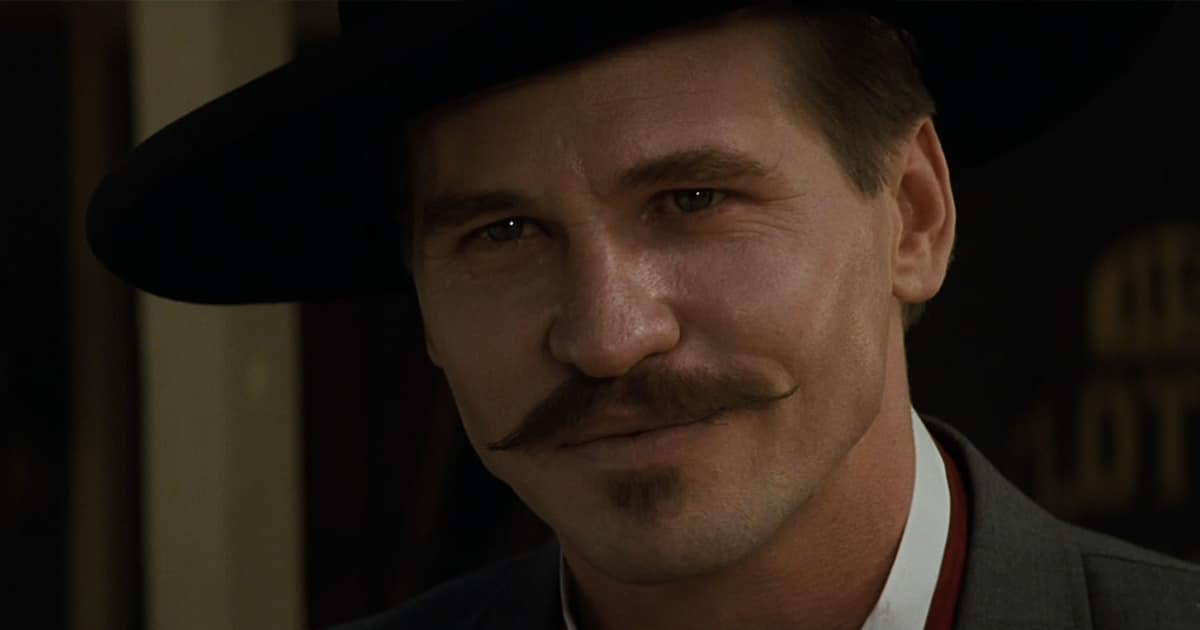
After reaching stardom with Top Gun, Val Kilmer was still establishing himself as an actor to be taken seriously. So when he was offered the role of Doc Holliday, the actor jumped at the chance to prove his mettle and endeavoured to make his performance as gambler-gunfighter-dentist Doc Holliday as realistic as possible. For one, Kilmer exhaustively practiced his quick-draw, becoming the best in the Tombstone cast at the esoteric skill.
Kilmer also chose to imbue Holliday with a Southern aristocrat’s drawl, and for good reason: Holliday was a cousin of Gone with the Wind author Margaret Mitchell. It’s rumoured that Mitchell even modelled the character of Rhett Butler (played by Clark Gable in the celebrated movie) on Holliday, which gave Kilmer good reason to use that distinctive voice.
15. All of the moustaches in the movie are absolutely genuine – except one

Tombstone actors Kurt Russell and (in particular) Sam Elliott have often boasted impressive facial hair throughout their careers, but the same wasn’t true for all their co-stars. However, to enhance period accuracy, all the Tombstone actors stepped up and grew real moustaches for the film – although according to Johnny Ringo actor Michael Biehn, at least one of the film’s moustaches was not genuine.
Biehn told Movieweb in 2010, “everyone was pretty proud that they grew their own moustache,” except one: “There was one guy, Jon Tenney. He didn’t get to grow his own moustache because he had a job right before that. They had to put a fake moustache on him. I think he always felt a little bit like the small dog of the group.”
14. Billy Bob Thornton improvised every single one of his lines

Billy Bob Thornton makes an early appearance as Johnny Tyler in Tombstone, but originally his character wasn’t originally given any dialogue. However, Thornton was instructed by the film’s ghost-director, George P Cosmatos, simply to “be a bully” when facing Kurt Russell’s Wyatt Earp. Subsequently, every word Thornton utters during his confrontation with Russell’s Wyatt Earp was improvised.
After this small role, Thornton rose to stardom in the late 90s via such films as Sling Blade, A Simple Plan and Armageddon. He also attracted tabloid interest from his short-lived marriage to Angelina Jolie.
13. Val Kilmer really can roll a coin across his knuckles
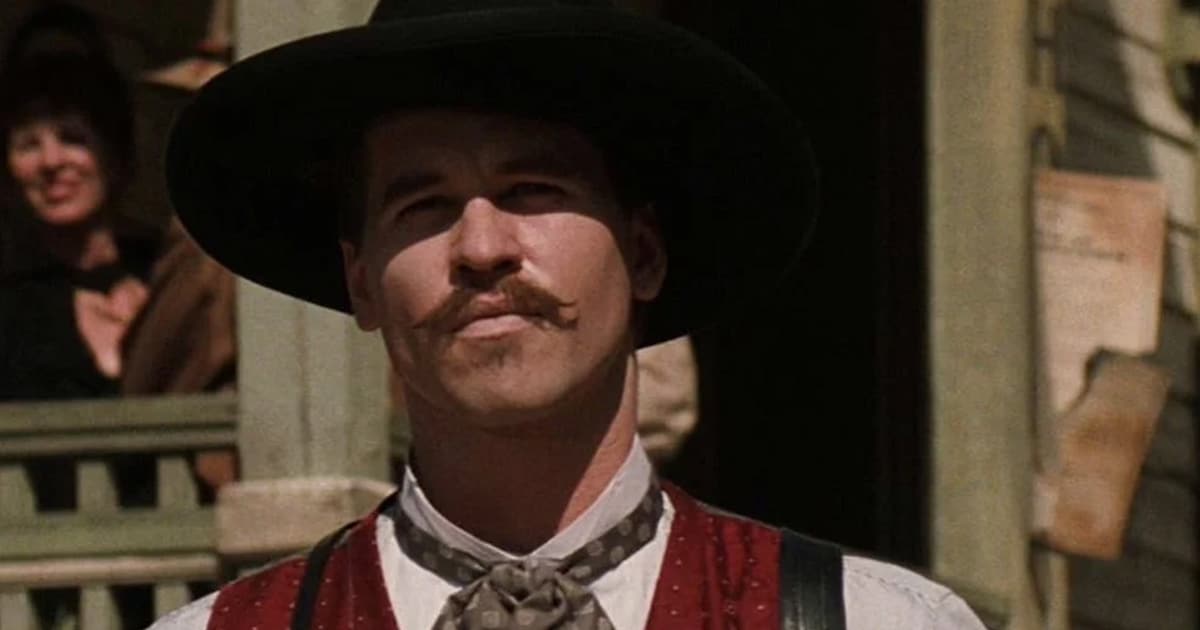
Seeing Val Kilmer’s Doc Holliday rolling a coin across his knuckles is even more impressive when you consider that the actor was doing it for real, without any camera trickery to assist him. Whether or not the real Doc Holliday could perform this parlour trick is up for debate, but in the film it has clear function: to tell the audience that this isn’t Holliday’s first gambling rodeo.
Kilmer had already demonstrated his digital dexterity on film before Tombstone. We also see him walk two quarters across his knuckles in 1985’s Real Genius, and in Top Gun he did the same thing with a pen, as well as famously balancing a volleyball on his fingertip.
12. Ike Clanton actor Stephen Lang is genuinely drunk in all of his scenes

Stephen Lang (now best known for Avatar) appears in Tombstone as Ike Clanton, the drunk outlaw who does little but gibber in the face of Wyatt Earp. And, while Lang might be a respected actor, much of the drunkenness we see is genuine. The actor told Slash Film in 2018, “During my time in Arizona, I don’t know if I’d ever had a drink of water, but I’d certainly drank a lot of tequila, I know that.”
This heavy drinking, while realistic, ended up causing significant issues for the actor, as he wound up hospitalised with a severe case of kidney stones. Lang was struck by the fact that he was in hospital in Glenwood Springs, the place where Doc Holliday died in reality.
11. Robert Mitchum was going to play the head villain, who was ultimately written out of the script
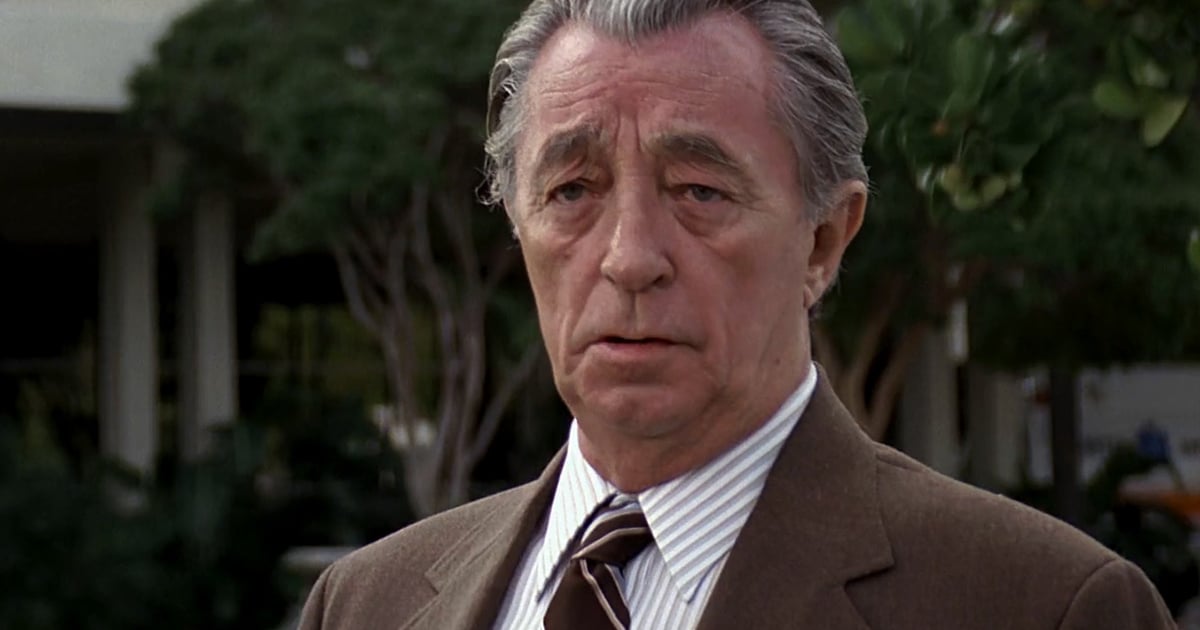
Tombstone has quite the cast – and that’s only counting the actors we see on-screen. Arguably the biggest star of Tombstone doesn’t actually appear at all. Screen legend Robert Mitchum serves as the film’s narrator, but he was originally meant to have a bigger role as Newman Haynes Clanton, aka ‘Old Man’ Clanton, Tombstone’s lead antagonist.
Sadly, prior to shooting, Mitchum was injured after falling off a horse and had to drop out, an injury that’s at least western-appropriate. Nonetheless, Mitchum was able to provide narration for the film. In his absence, the character of Old Man Clanton was written out of the script, with his dialogue given to other characters, in particular Curly Bill (Powers Boothe).
10. Val Kilmer was not the first actor to play both Doc Holliday and Batman
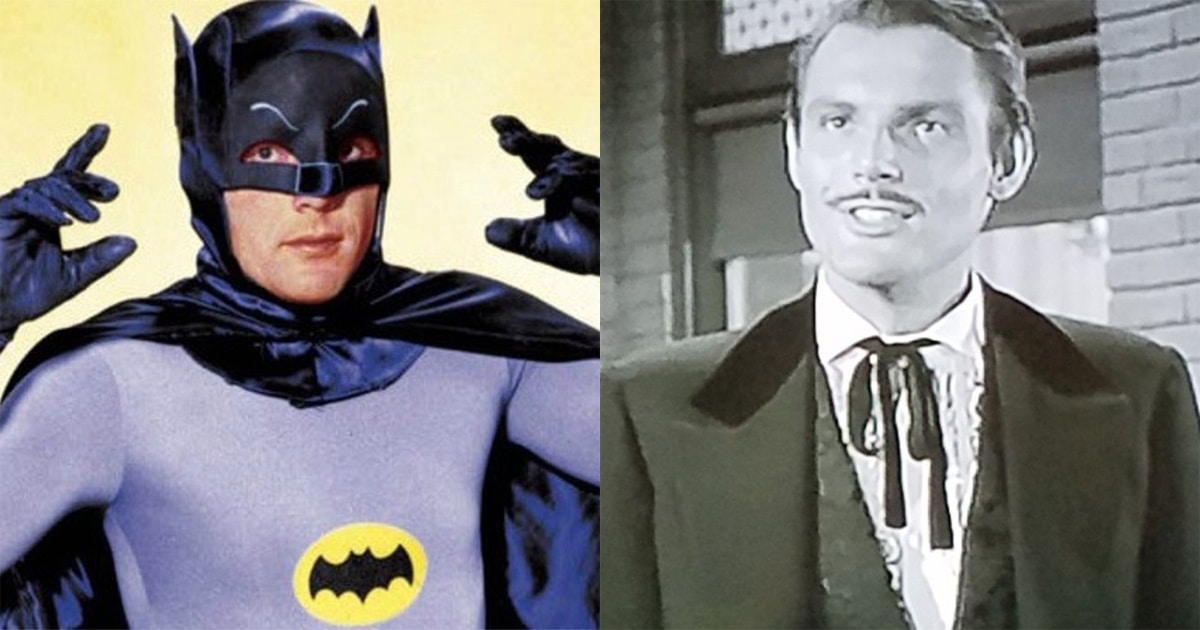
After Val Kilmer’s winning performance in Tombstone, the offers came rolling in. Not least among these was the title role in Batman Forever. After Michael Keaton declined to reprise his role, and Tim Burton left the film after a McDonald’s tie-in fell through (yes, really), Kilmer was chosen to play the new Batman/Bruce Wayne. However, as improbable as it might seem, Kilmer wasn’t the first actor to make the leap from cowboy to cowl-bat.
Yes, that honour belongs to Adam West, who – as well as playing the lead in the celebrated 60s TV series Batman – also played Doc Holliday not once, but three times, in three different TV shows: Colt .45, Lawmen, and Sugarfoot.
9. The witty tombstone is real

The town of Tombstone has certainly leaned into its unconventional name – for starters, its local newspaper is known as the Tombstone Epitaph. But did you know that the literal tombstone epitaph seen in the film comes from a real grave? Early in the movie, setting the tone for the film’s dark humour, we see a headstone inscribed with the epitaph “Here lies Lester Moore, Four Slugs from a .44, No Les No More.”
This whimsical message comes from a real grave found in a Tombstone cemetery. However, despite the inscription being genuine, the grave we see in the film isn’t the one that’s found in the real Tombstone. Some of Tombstone’s filming took place in Knotts Berry Farm, a southern Californian theme park. There, in its Wild West area, resides a replica tombstone bearing that very inscription.
8. George P Cosmatos was good friends with Dollars trilogy director Sergio Leone
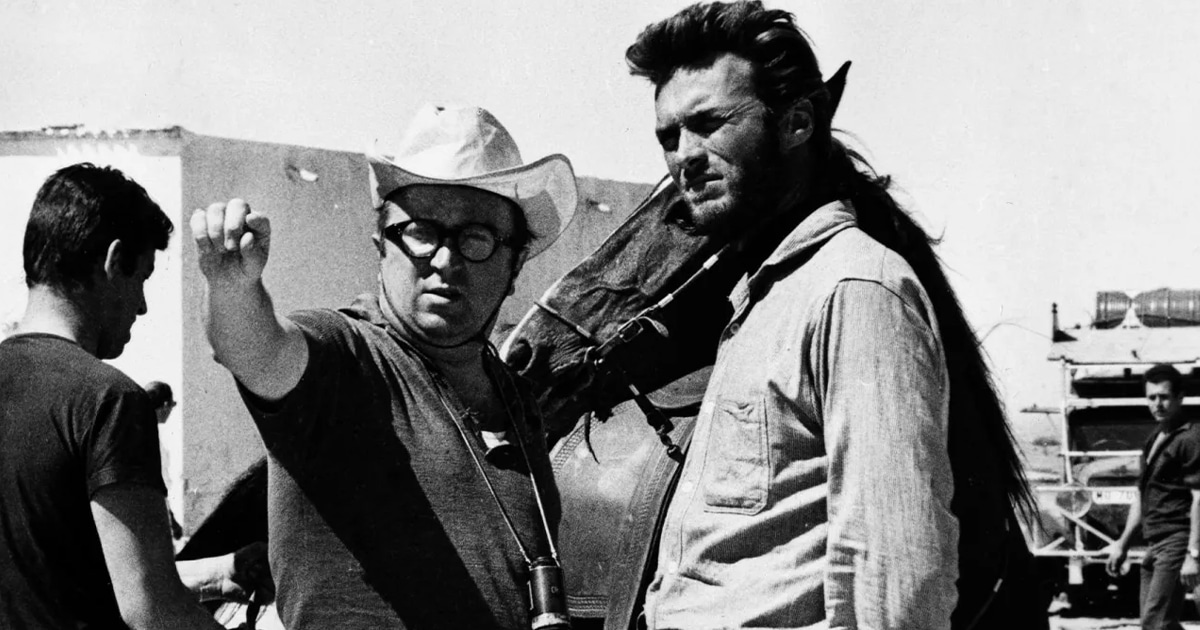
In the DVD audio commentary for Tombstone, director George P. Cosmatos remarks that back in his native Italy he was a friend of Sergio Leone, the esteemed filmmaker responsible for several of the most acclaimed westerns ever made. Leone is best known for his Dollars trilogy, the series that launched Clint Eastwood’s career, as well as Once Upon a Time in the West (and later, the unrelated gangster movie Once Upon a Time in America).
The influence of Leone on Tombstone was not lost on critics, with the Austin Chronicle noting in a contemporary review that “the film begins like a Sergio Leone Western.” Exactly how much the tangential Leone connection influenced Tombstone is up for debate, especially given Kurt Russell’s status as the ‘true’ director. But we do hear from Cosmatos that Leone was “a lovely man.”
7. A genuine cousin of Wyatt Earp’s (himself named Wyatt Earp) appears in the film
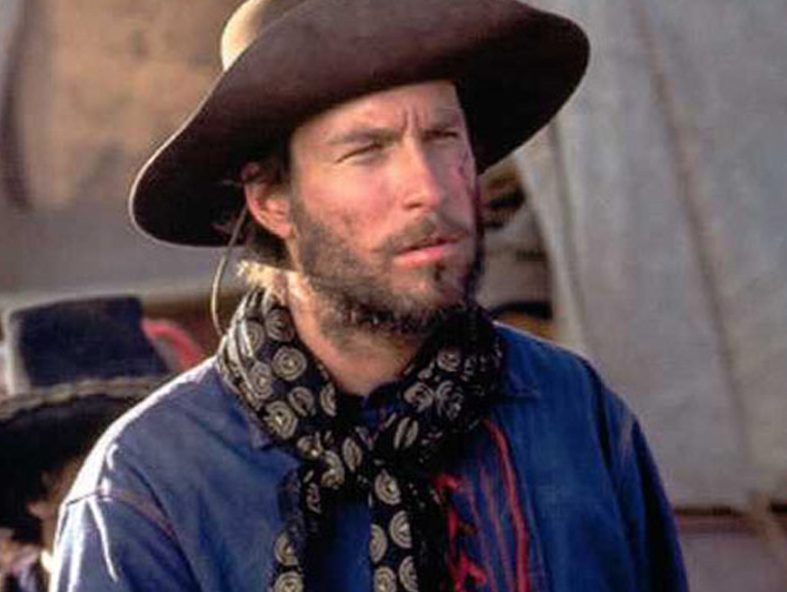
Believe it or not, an actual Wyatt Earp appears in Tombstone. Actor Wyatt Earp is a fifth cousin of the historic lawman, and, has a minor role as the outlaw Billy Claiborne. The real-life Claiborne was indeed present at the Gunfight at the OK Corral, but was unarmed and fled. He became a drunk, and was later killed by a bartender with whom he came to blows.
Wyatt Earp III is a descendant of the original Earp’s older half-brother, Newton. Following Tombstone, the actor took a break from Hollywood. He would later reappear as the airport announcer in 2008’s Pretty Ugly People, and star as Sheriff Danford in TV’s Sordid Lives. The actor claims his name has been a hindrance, rather than a help, to his career.
6. The real-life Wyatt Earp went on to work in Hollywood
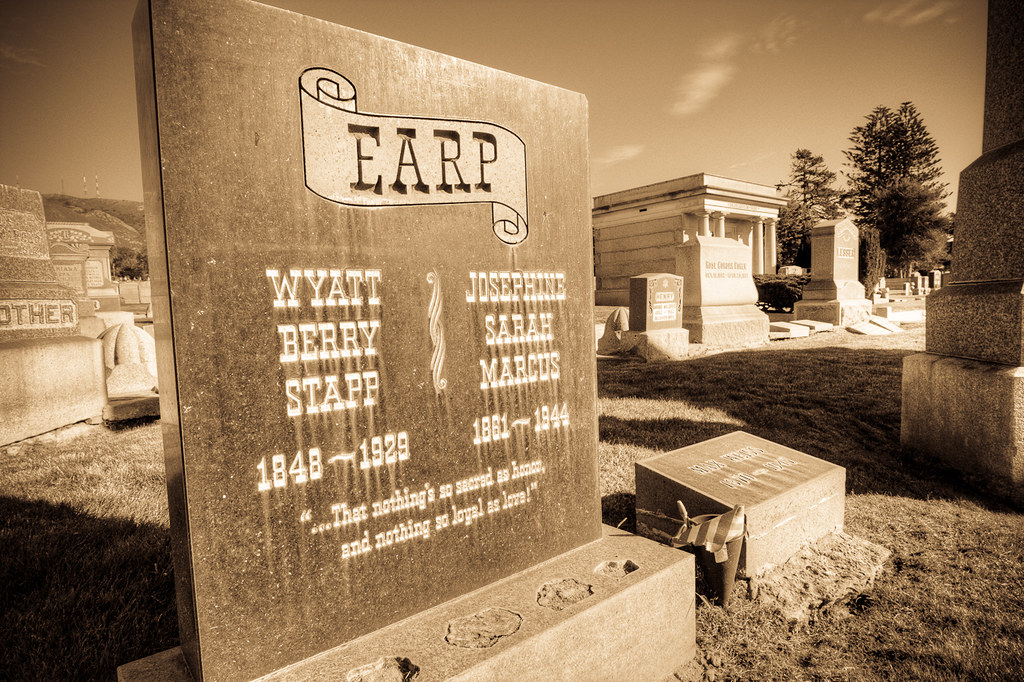
The lives of legendary Wild West figures often end in ignominy. Whether it’s being butchered by outlaws, rotting in jail, or drowning in a bottle, even the most respected lawmen tend to fall from grace. For the real Wyatt Earp, it’s complicated. The man himself never regained the legendary reputation he garnered at the OK Corral.
Eventually Earp became a film consultant for early Hollywood films, befriending famous movie cowboys William Hart and Tom Mix and encouraging Hart to star in a biographical film about his life. After being rebuffed by Hart, Earp instead employed a former mining engineer to write his biography. A century later, the hero of the OK Corral is legendary.
5. More than 100 horses were used in the shooting of the film
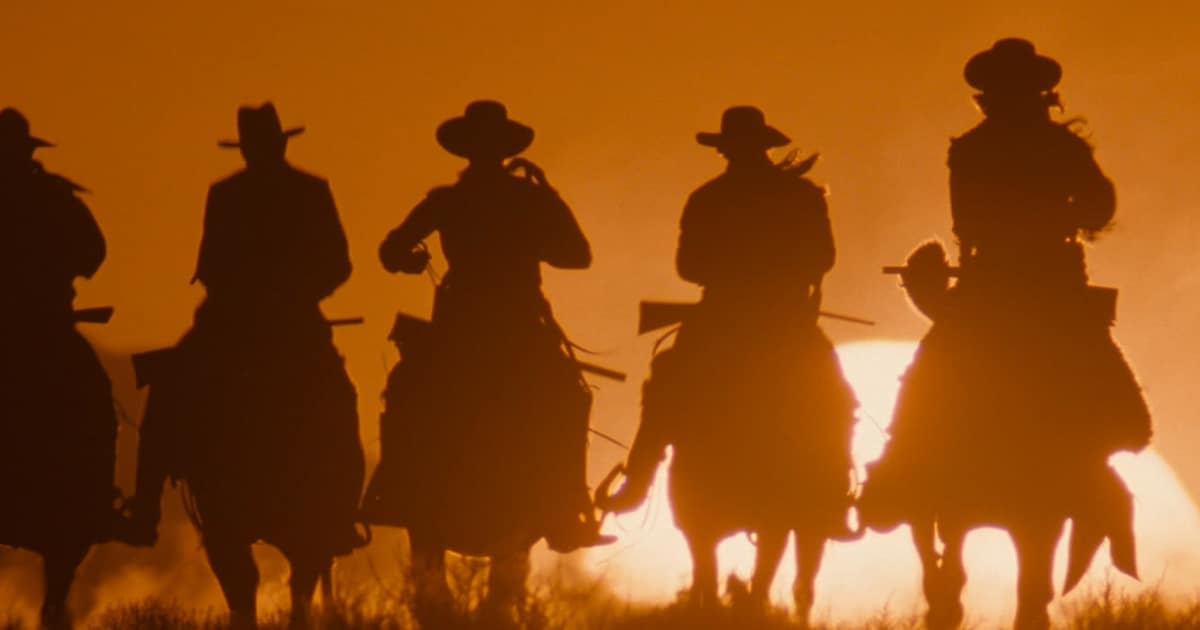
What’s a western without horses? After hats and guns, man’s trusty steed is probably the most important component of the genre – even more important than facial hair, and we know how intense Tombstone’s efforts were on that front. So it should come as no surprise that multiple equine actors were needed to make Tombstone a convincing flick. What’s surprising is just how many were required.
In total, a staggering 123 horses were used in the course of Tombstone’s production – and, as elegant as horses may be, they can’t look after themselves. As a result, an equally staggering 60 crew members were employed just to look after the horses.
4. A love scene between Wyatt Earp and Josephine was cut
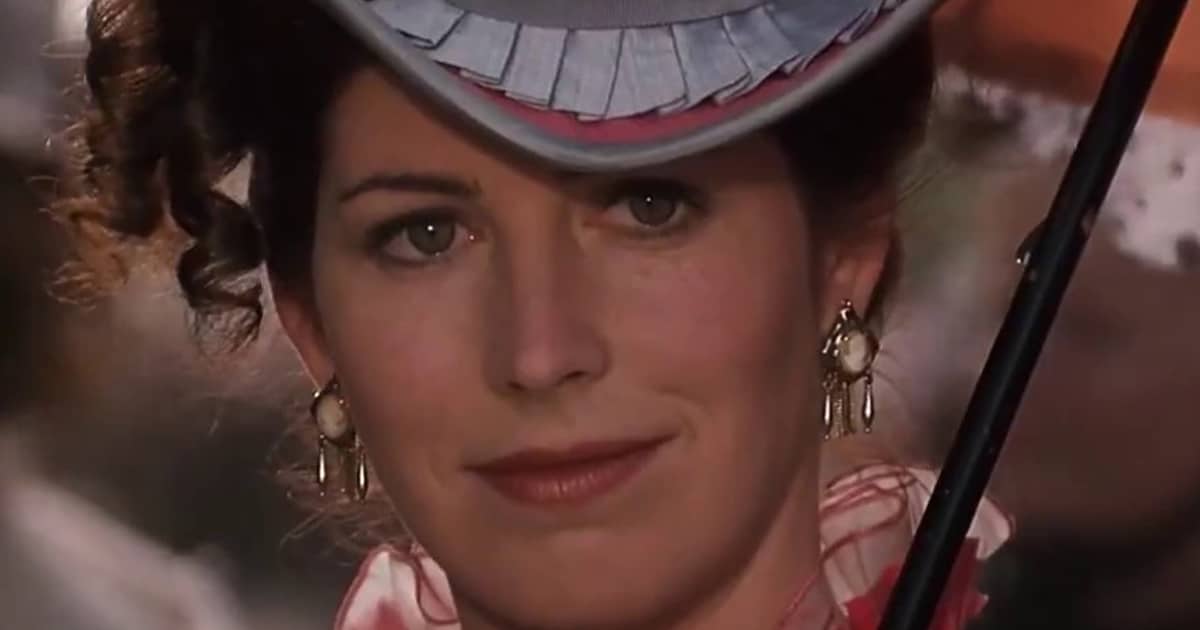
Like any good Hollywood film, Tombstone has a love story at its core. For Wyatt Earp, his affair with Josephine Marcus is his motivation for staying alive in a town he regards with apathy. Originally, the love story between Russell’s Earp and Dana Delaney’s Marcus was originally going to be a bigger part of the film. In fact, the two actors shot a sex scene which was ultimately cut from the movie.
Of all the characters in the film, Josephine is perhaps the most fictionalised; at one point we see her posing for a nude photograph, ‘Kaloma’, in Fly’s photographic studio. It’s now disputed that the woman in the photograph is even Josephine Earp. Furthermore, it’s likely that Josephine wasn’t even in Tombstone at the time of the Gunfight at the OK Corral – but what’s a western confrontation without beautiful women looking on?
3. Val Kilmer laid on a bed of ice to shoot his death scene
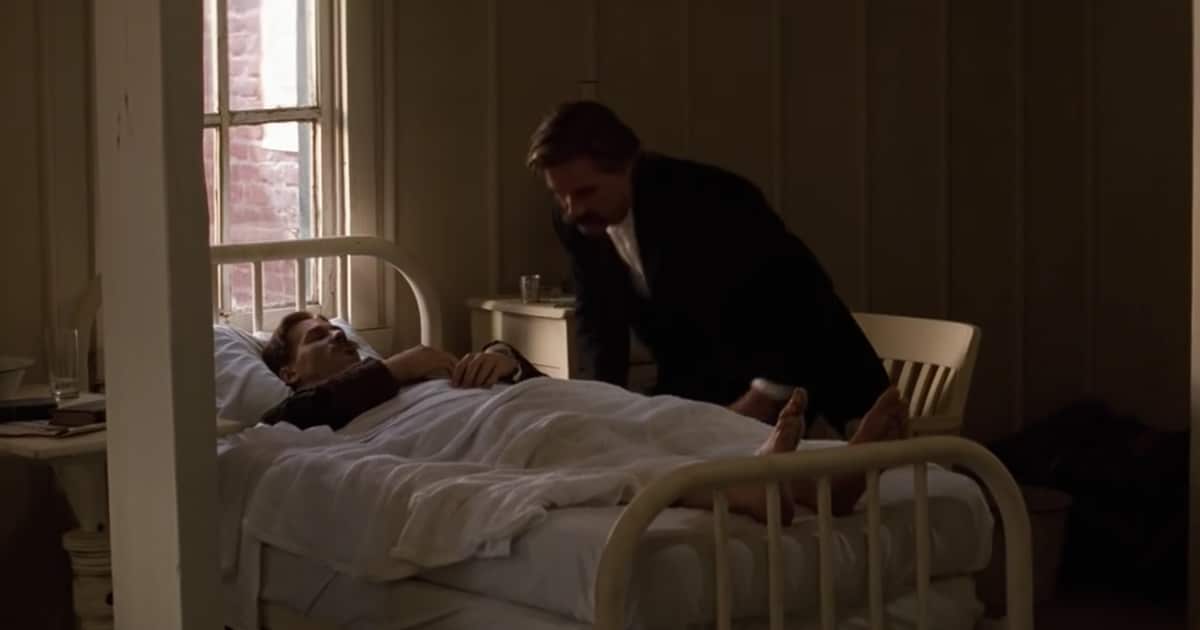
Doc Holliday is a tragic character, and Val Kilmer plays him as such. It’s heavily hinted at the outset that Holliday is dying of tuberculosis, a common affliction of the time, and he effectively saves Wyatt’s life by taking his place in the duel with Johnny Ringo. Sadly, tuberculosis waits for no man, and Holliday ultimately dies of his illness in the film. Despite swearing he’d die with his boots on – that is, in combat – Holliday instead dies in hospital.
To make his death scene all the more convincing, Val Kilmer requested that he lay on a bed of ice. Stuttering and shivering to simulate the onset of a gruesome death, Kilmer’s somewhat unusual request paid off as the scene proved so effective.
2. Everyone had to wear wool on-set for maximum accuracy

According to 2018’s The Making of Tombstone: Behind the Scenes of the Classic Modern Western, by John Farkis, initial director Kevin Jarre’s obsession with period accuracy sometimes went a little too far. This included forcing the actors to wear era-appropriate wool clothing, even in the sweltering Arizona heat. The actors, even method man Val Kilmer, complained this would not make a difference on camera.
Not only did the actors have to contend with the blazing Arizona heat, but at night they filmed under hot lights. Several crew members became so dehydrated they fainted on set – and they weren’t even the ones who had to wear wool, so we can only imagine how rough it got for the cast.
1. George P. Cosmatos’ Tombstone royalties funded the first film of his son Panos
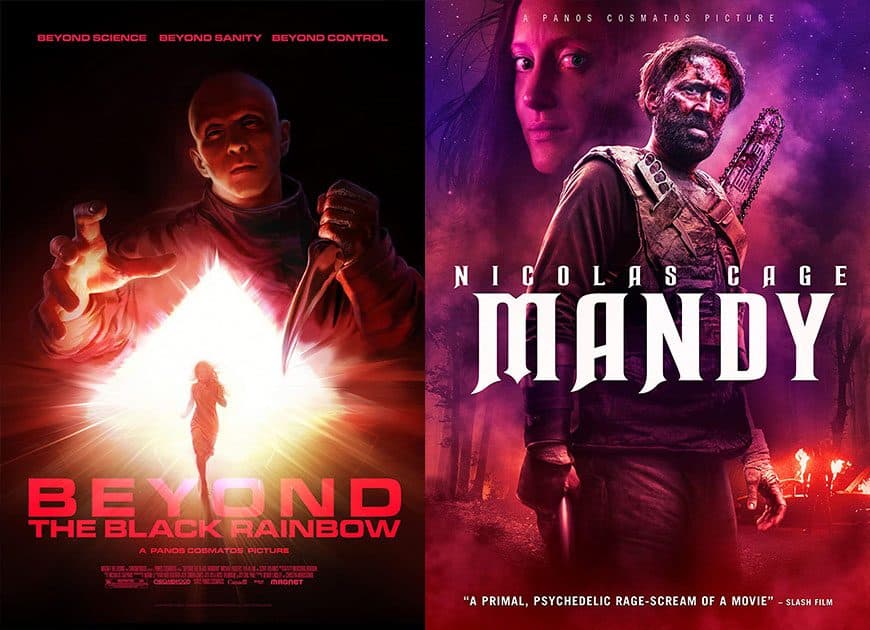
Even though it’s claimed that Kurt Russell was the real man behind the curtain for Tombstone, George P Cosmatos’ name was on the credits; as such, Cosmatos received royalties from the film. After tragically dying of lung cancer in 2005, the money passed instead to his son Panos Cosmatos, who used his inheritance to fund his first movie, Beyond the Black Rainbow.
Panos Cosmatos described his film as part of the healing process after his parents’ death. “My mother and father haunt every frame of this film,” he told Eye for Film in 2011. Later, Panos Cosmatos made 2018’s acclaimed horror film Mandy with Nicolas Cage.

